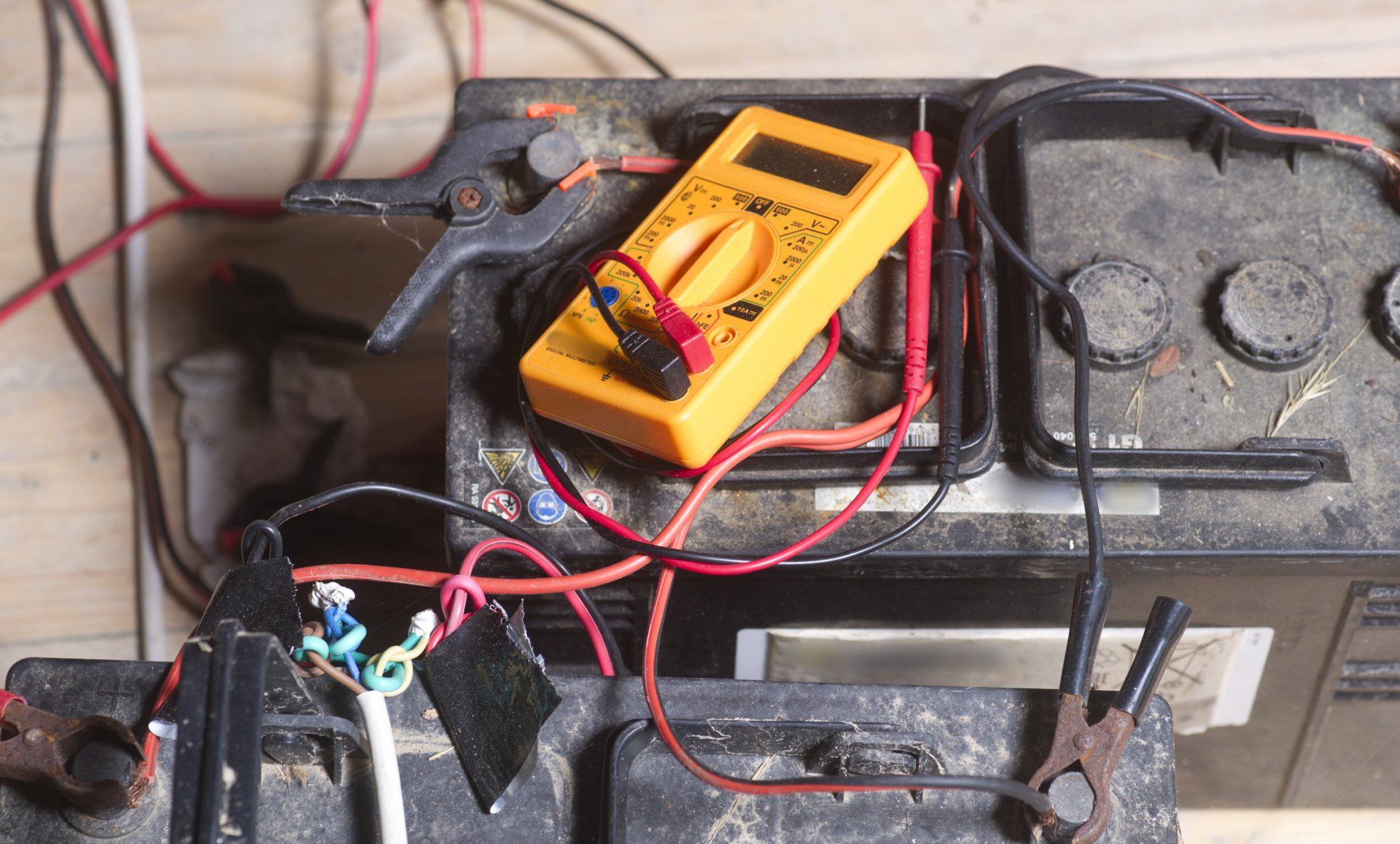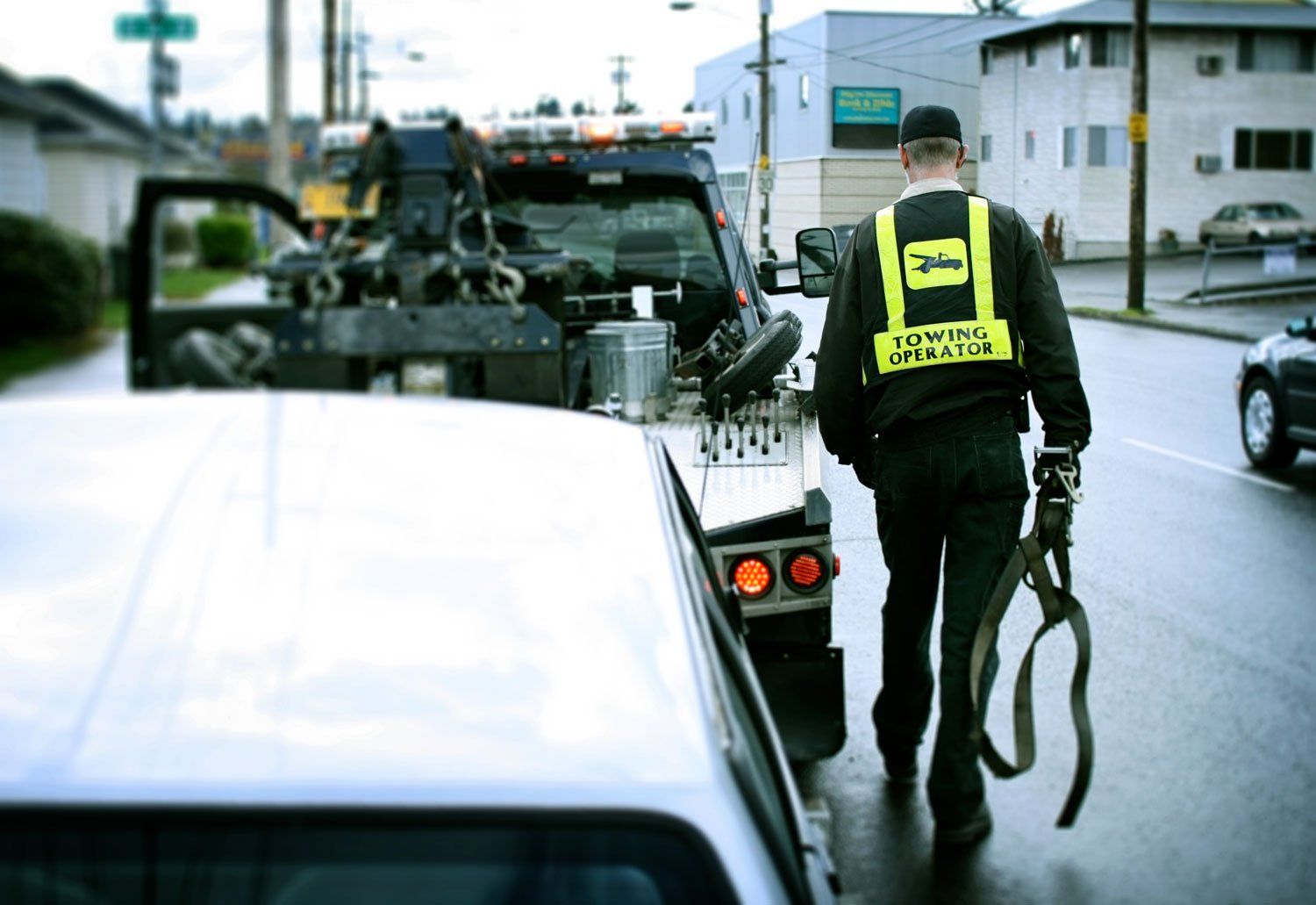5 Steps to Preparing Your Tires for Winter
Admin • November 19, 2020
Driving in the winter isn't exactly enjoyable. The constant threat of sliding and skidding is nervewracking, especially if you haven't taken the steps to prepare for it.
Along with checking your car's battery, oil, wiper blades, and fluids, make sure to prioritize your tires. After a good wash with high-quality cleaner and proper tools, take these five steps to ensure your tires are ready for winter.
1. Check Tread Depth
Tread refers to the rubber on the circumference of your tires. As the tread wears out, traction is compromised. If your tire tread is worn out past winter requirements, you need to change your tires.
Try this at-home test to check your tire tread. Insert a penny into the grooves of your tire. If Lincoln's head is visible, this means the tread measures under 2/32 of an inch, and the tires won't be able to grip the road sufficiently.
Some professional tools can also accurately measure tread depth. If you have any questions as to whether your tires ought to be replaced, take your car to a shop.
2. Consider Purchasing All-Season or Snow Tires
Snow tires are made of a softer rubber, so they are more flexible in the cold. They also have grooves that are specifically designed to grip slippery surfaces. Snow tires are effective not only in snow but also rain and sleet.
All-season tires are similarly equipped, just not to the same degree. On slippery surfaces, they are only as effective as their tread depth. Your climate will determine whether you ought to invest in all-season or snow tires.
Remember that all-season and snow tires won't eliminate skidding - you still need to drive carefully to avoid accidents. However, they significantly improve traction.
Additionally, consider purchasing a set of rims dedicated to your winter tires. This way, you won't have to remount them every year.
3. Maintain Appropriate Tire Pressure
Properly inflated tires have better contact with the road. This makes them more efficient, and they experience less wear. While you need to keep tires appropriately inflated throughout the year, it is crucial in cold temperatures.
Cool air contracts - so tire pressure will drop when temperatures drop. Remember to check tire pressure throughout the season, as the colder it is, the more extra air your tires will need.
You can check your owner's manual for tire pressure recommendations in every season. You may also find this information in the doorjamb.
4. Check Your Four-Wheel-Drive
Four-wheel-drive supplies power to wheels that need extra power, providing them extra traction on slippery roads. Make sure your four-wheel-drive is working correctly before winter arrives.
Additionally, since you don't use four-wheel-drive throughout the year, you may need to get a refresher on how to use it. Your owner's manual can tell you at what speeds and in what climates four-wheel-drive is recommended.
5. Consider Whether You Need Tire Chains
Tire chains are recommended only in areas that get several inches of snow. In areas where plows regularly clear snow from the roads, chains will not only make for an especially bumpy ride, but they will also damage tires and the surface you are driving on.
If you are in an area where you could benefit from tire chains, learn how to use them before the season changes. Practice laying chains on the ground, driving into them and fastening them by reaching under the car's fender.
Keep in mind that you will need to drive very slowly with chains. You will also need to stop and remove the chains if you turn onto a road that has been plowed. If you do decide to purchase chains, make sure you get the right size for your tires.
Contact us
with any questions about how to prepare your car and tires for winter.
With roadside assistance, you have two options: a tow truck or a wrecker. Tow trucks and wreckers differ, so understand the differences here.
Not all tow trucks provide equally appropriate service. In some instances, a flatbed tow truck outshines other options. Learn more in this blog.
Different situations call for different types of towing services. Read this blog to understand when you need different forms of towing.
Different situations call for different tow trucks. Read this blog to learn the differences between light- and heavy-duty tow trucks.
Manage your safety when waiting for a late-night towing service with the following safety tips. Read on to learn more about how to protect yourself.
There are some things you can do to help make the towing process easier for both you and the tow driver. Read on to learn more helpful tips and practices.
What should you do after a motor vehicle accident to ensure your physical and legal safety? Discover seven crucial steps to take immediately.







